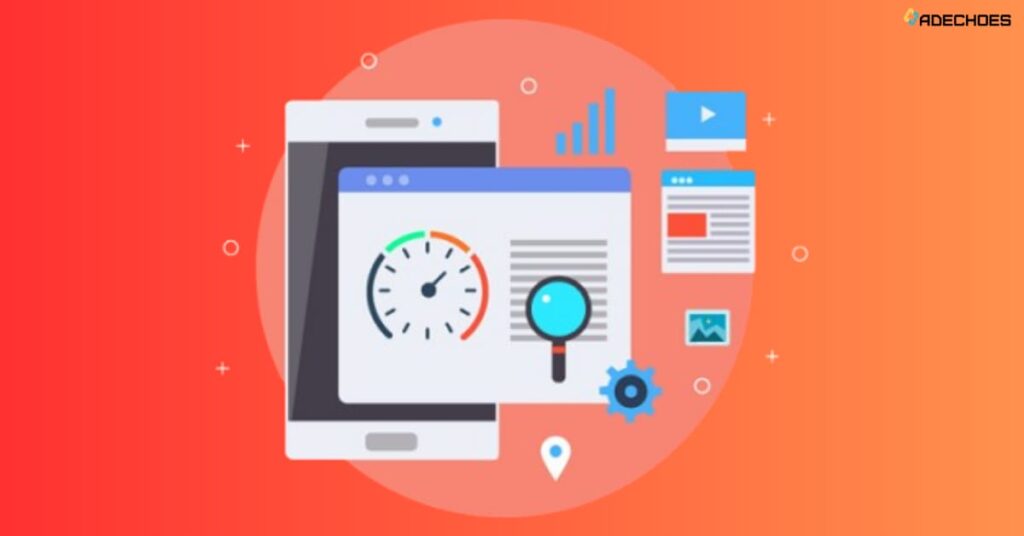Conversion rates, SEO, and user experience all depend on a website’s performance. If your website is slow, users will likely leave before your content loads. But how do you measure the speed of your website accurately? This article will cover the best tool for conducting an accurate website speed test and why it stands out.
Website speed tests measure how fast your website loads for users. These tests simulate what happens when a visitor accesses your website, providing you with valuable data on how long it takes for your page to load, how quickly interactive elements appear, and whether any slow-loading elements need fixing.

Online success can be determined by the speed of your website. Here are the reasons why:
Several factors influence website speed, including:
Before optimizing, you need to know what’s slowing your website down. This is where a website speed test comes in. Testing your website’s speed allows you to identify problem areas and take action to improve the user experience.
The best tool to conduct an accurate website speed test is Google PageSpeed Insights. Let’s dive into why this tool is the top choice.
Google PageSpeed Insights is a free tool offered by Google that measures the performance of your website both on mobile and desktop devices. It analyzes your page and provides suggestions to make it faster.
To get the most accurate results from Google PageSpeed Insights, follow these steps:
Google PageSpeed Insights doesn’t just provide one-time metrics. It collects data from actual user interactions through the Chrome User Experience Report (CrUX), allowing you to understand how your website performs in real-world scenarios.
Here’s how Google PageSpeed Insights compares with other popular tools:
After running your website speed test, here are the key metrics to pay attention to:
Once you’ve identified the problem areas in your website speed test, here’s how you can fix them:
Some common speed-related problems include:
To fix slow website issues, consider the following strategies:
It’s a good idea to run a website speed test regularly, especially after making changes to your site or its content. Ideally, test your site:
A fast website is essential for delivering a great user experience, improving SEO, and increasing conversions. Google PageSpeed Insights stands out as the best tool for conducting an accurate website speed test due to its user-friendliness, in-depth insights, and actionable recommendations. Regular speed testing and optimizations based on the results will help keep your website performing at its best.

Hello, from adechoes.in, your one-stop shop for anything related to digital marketing. Here, we’re passionate about using smart content and useful strategies to support businesses in their online initiatives.
Check out our blog for helpful information on tools, strategies, and trends in digital marketing. Are you prepared to develop your digital strategy? Speak with us right now to find out how we might work together on your upcoming project.
© 2023 – All Rights Reserved • Blog By Tisha

Hello, from adechoes.in, your one-stop shop for anything related to digital marketing. Here, we’re passionate about using smart content and useful strategies to support businesses in their online initiatives.
Check out our blog for helpful information on tools, strategies, and trends in digital marketing. Are you prepared to develop your digital strategy? Speak with us right now to find out how we might work together on your upcoming project.
© 2023 – All Rights Reserved • Blog By Tisha

Hello, from adechoes.in, your one-stop shop for anything related to digital marketing. Here, we’re passionate about using smart content and useful strategies to support businesses in their online initiatives.
Check out our blog for helpful information on tools, strategies, and trends in digital marketing. Are you prepared to develop your digital strategy? Speak with us right now to find out how we might work together on your upcoming project.
© 2023 – All Rights Reserved • Blog By Tisha